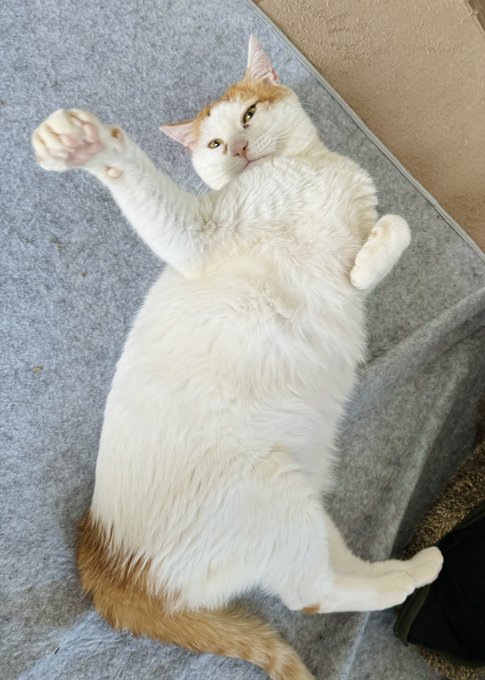Ascites/ Pleural Effusion Management: It is generally not recommended to drain pleural or abdominal fluid unless it affects breathing. When drainage is necessary, particularly for ascites, no more than 40% of the total fluid volume should be removed to avoid accelerating the progression of the disease or causing death due to changes in osmotic pressure. After draining ascites or pleural effusion, it’s important to keep the cat warm.
Fever Management: If the body temperature does not exceed 40.5-41°C, it’s best to avoid antipyretic injections and use physical cooling methods instead. Fever is a sign of a strong immune response, and most antipyretic drugs work by lowering the body’s immune level, which can pose significant risks to the blood system and may cause neutropenia (a condition where there is a shortage of neutrophils, which are a type of white blood cell that is part of the immune system). If necessary, the use of these drugs can also affect the reversal of the fever.
Antibiotic Use: In cases of suspected dry FIP (feline infectious peritonitis) that are difficult to diagnose and accompanied by fever, a short course of antibiotics for 2-3 days may be considered to see if the fever subsides. If there is no effect, other treatments such as the 441 treatment protocol should be considered. However, the use of fluoroquinolone antibiotics (such as enrofloxacin, marbofloxacin, pradofloxacin, and orbifloxacin) should be avoided due to their potential risk of causing neurological side effects.
Fluid Therapy: If the cat is unable to eat, forced feeding should be chosen over intravenous nutritional fluids. In critical conditions when fluid therapy is unavoidable, it’s essential to administer fluids under the guidance of a veterinarian at a reduced rate and to keep the fluids warm to prevent hypothermia.
Managing Leakage: If there is leakage during fluid therapy and the amount lost is unknown, administer half of the original dosage as a supplement.
Hypothermia: If a cat shows symptoms of hypothermia (body temperature below 37 degrees Celsius), it is crucial to seek veterinary care immediately. If it’s not possible to get to a vet, take measures to warm the cat as low temperature can lead to organ failure.
Anemia: In cases of severe anemia, a blood transfusion is necessary. If a blood source is unavailable, products like blood builders and erythropoietin, which stimulate red blood cell production, can be used.



